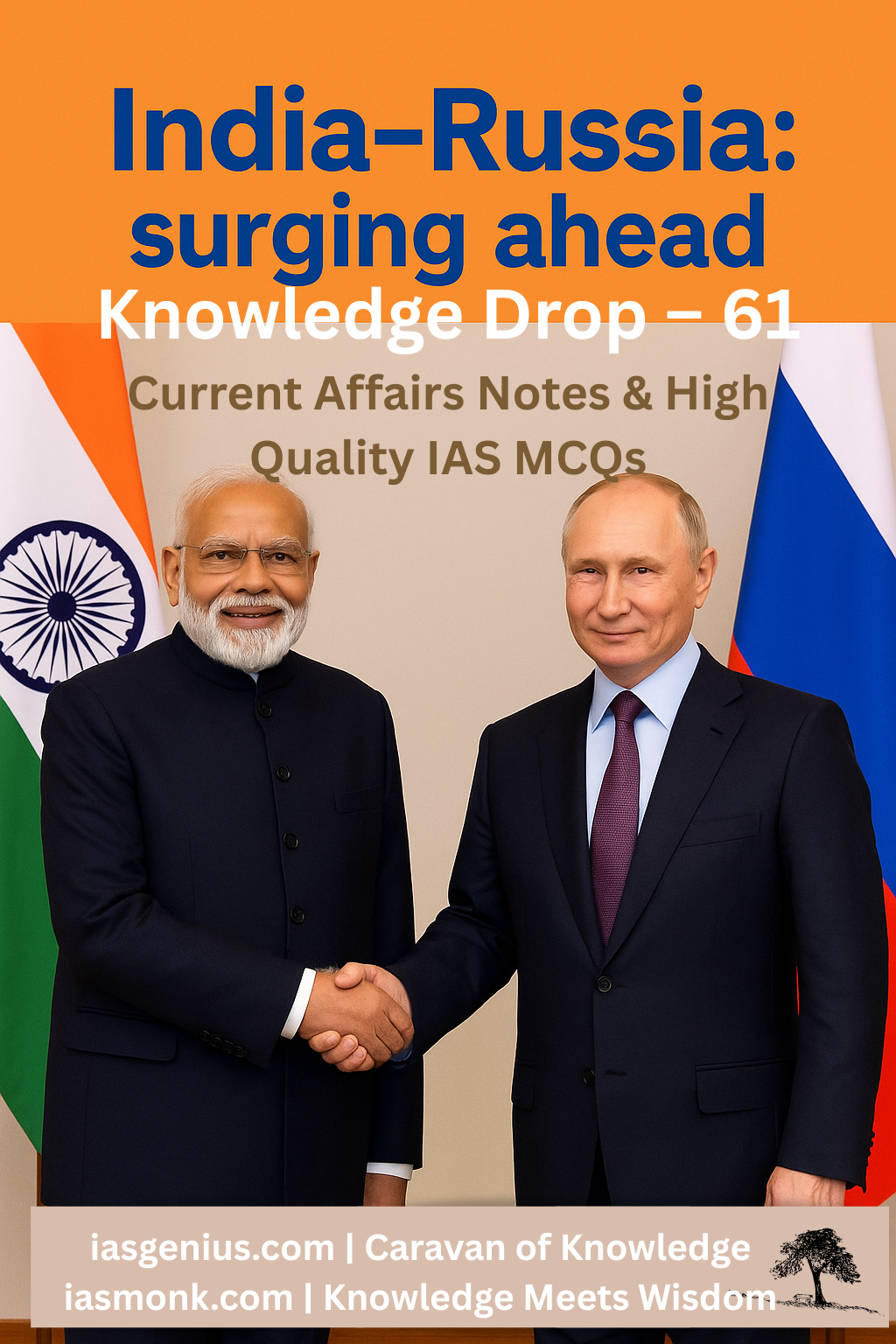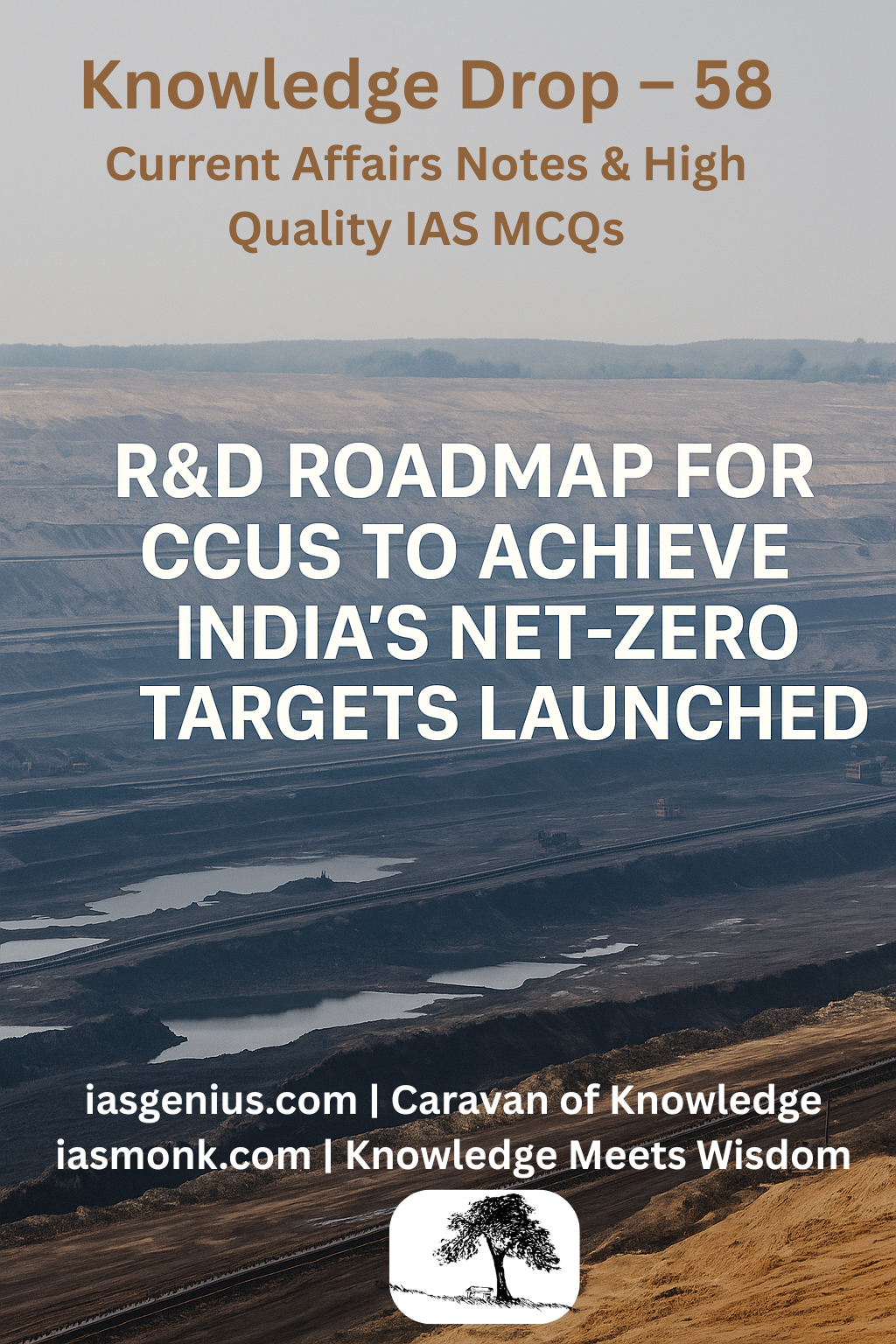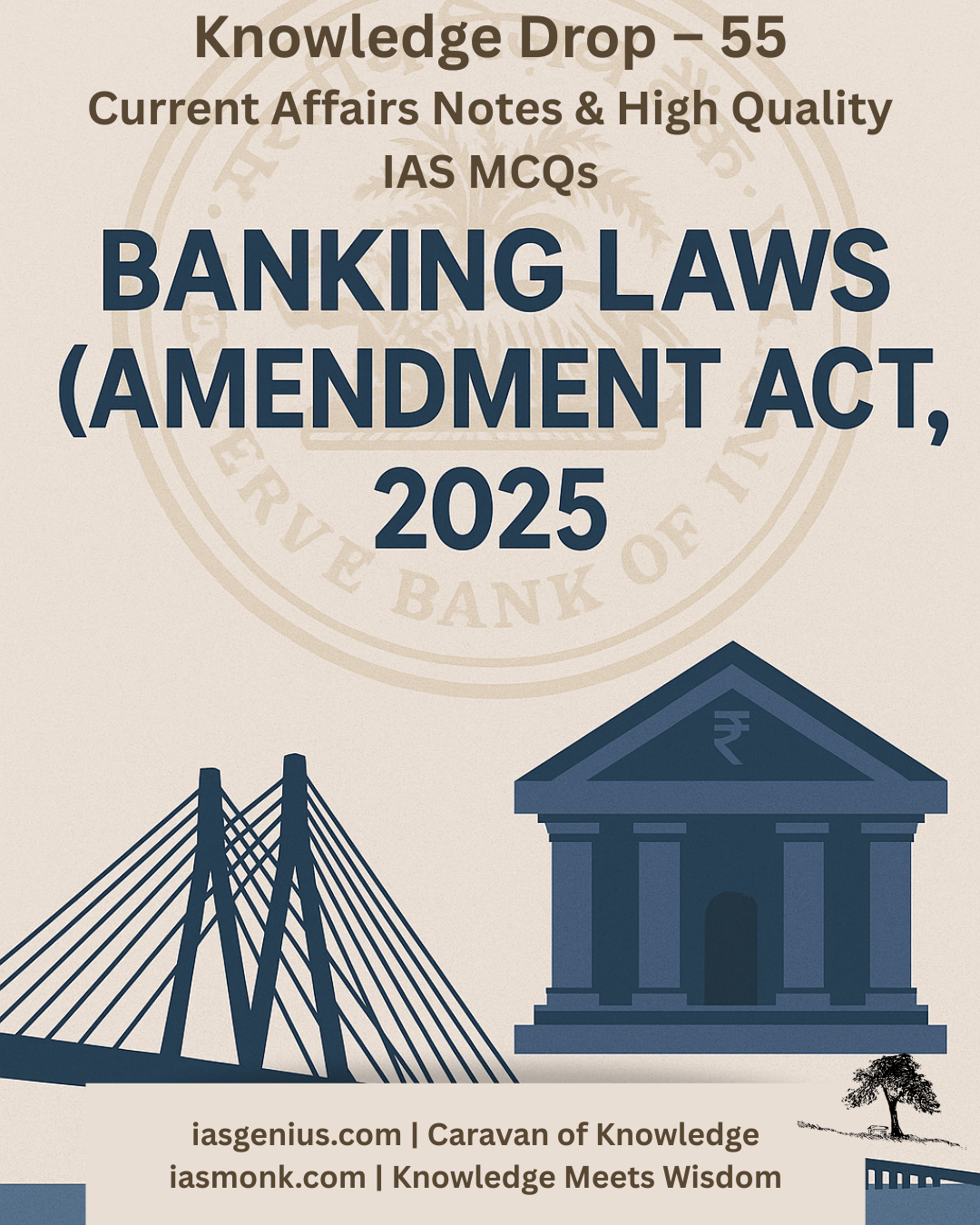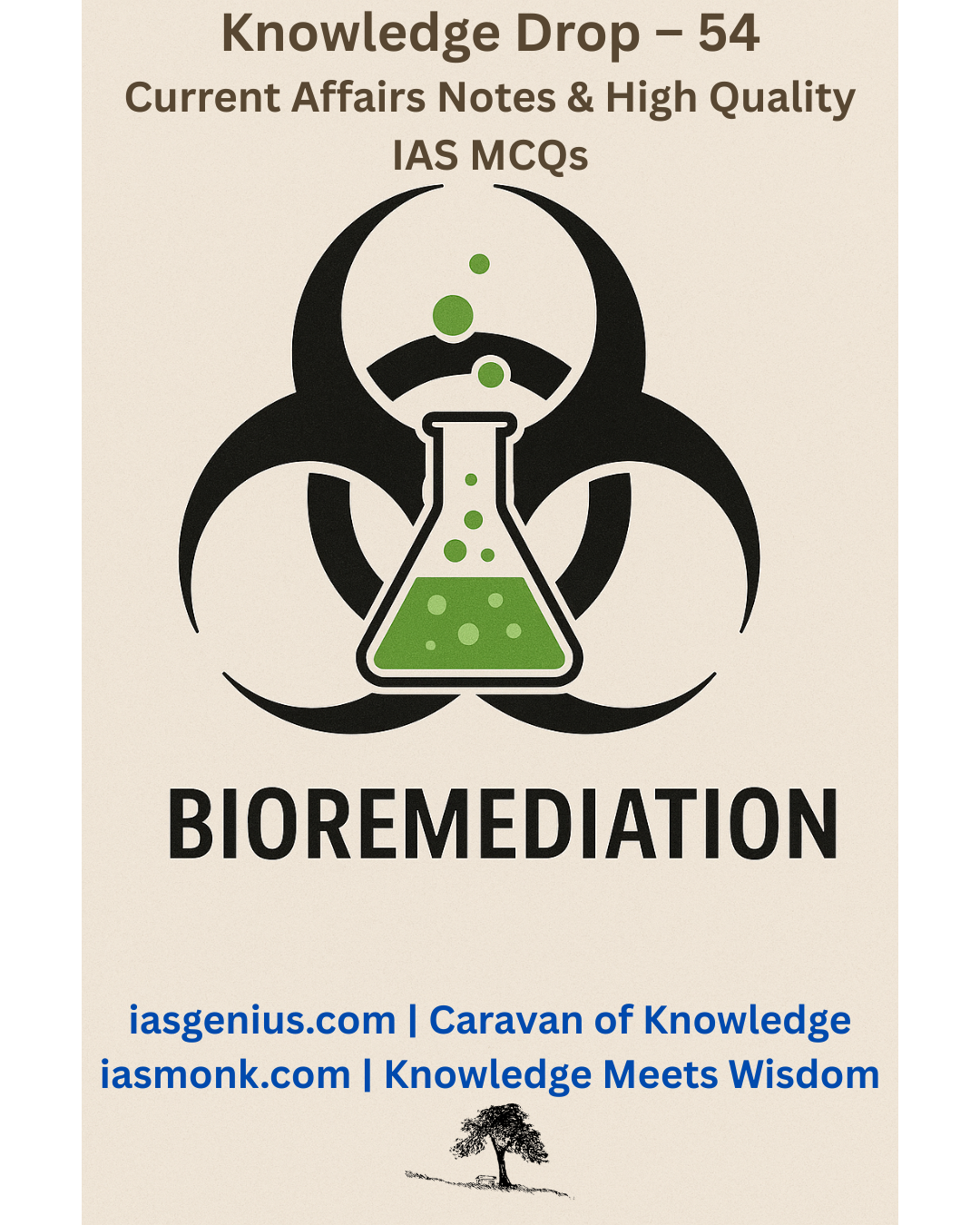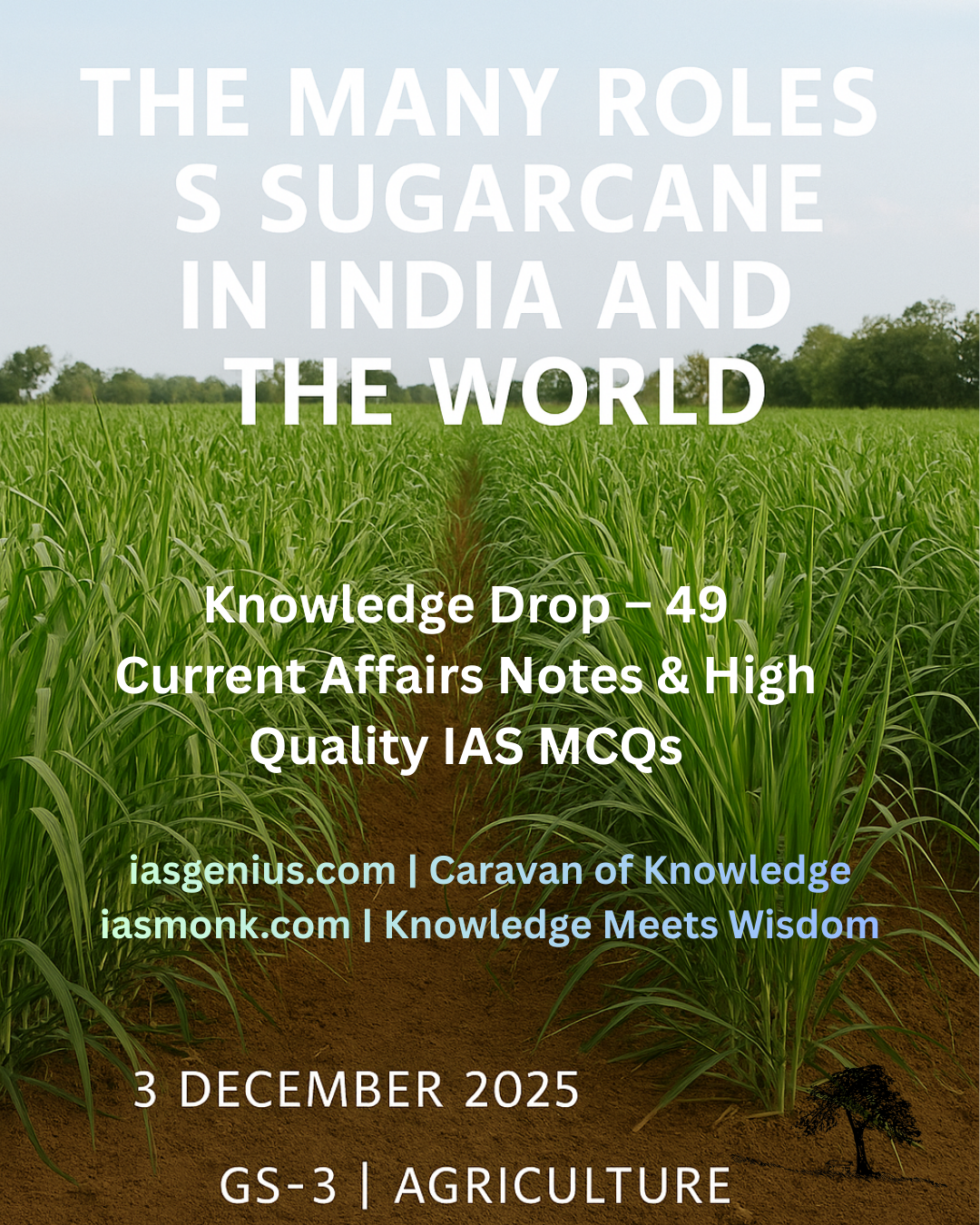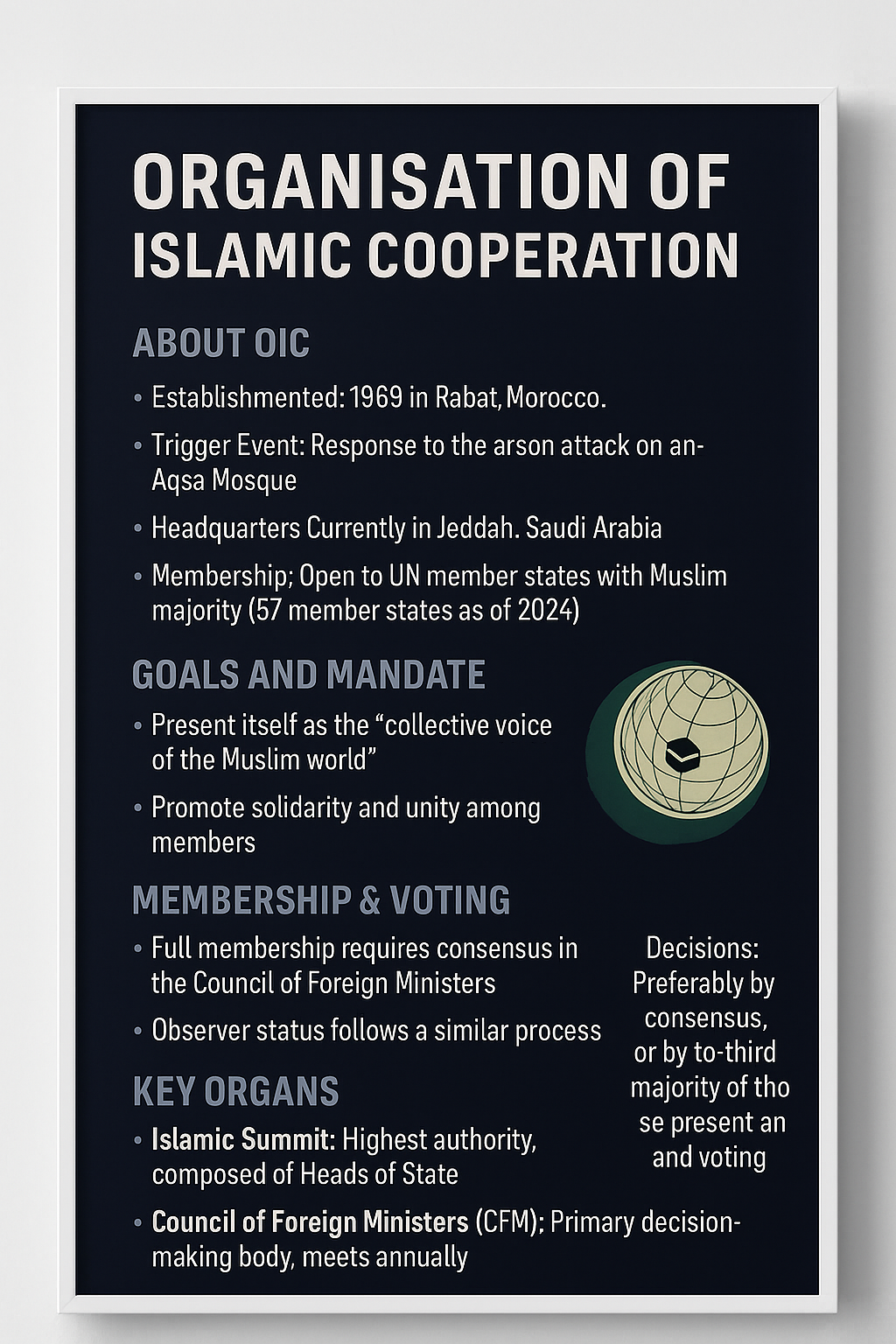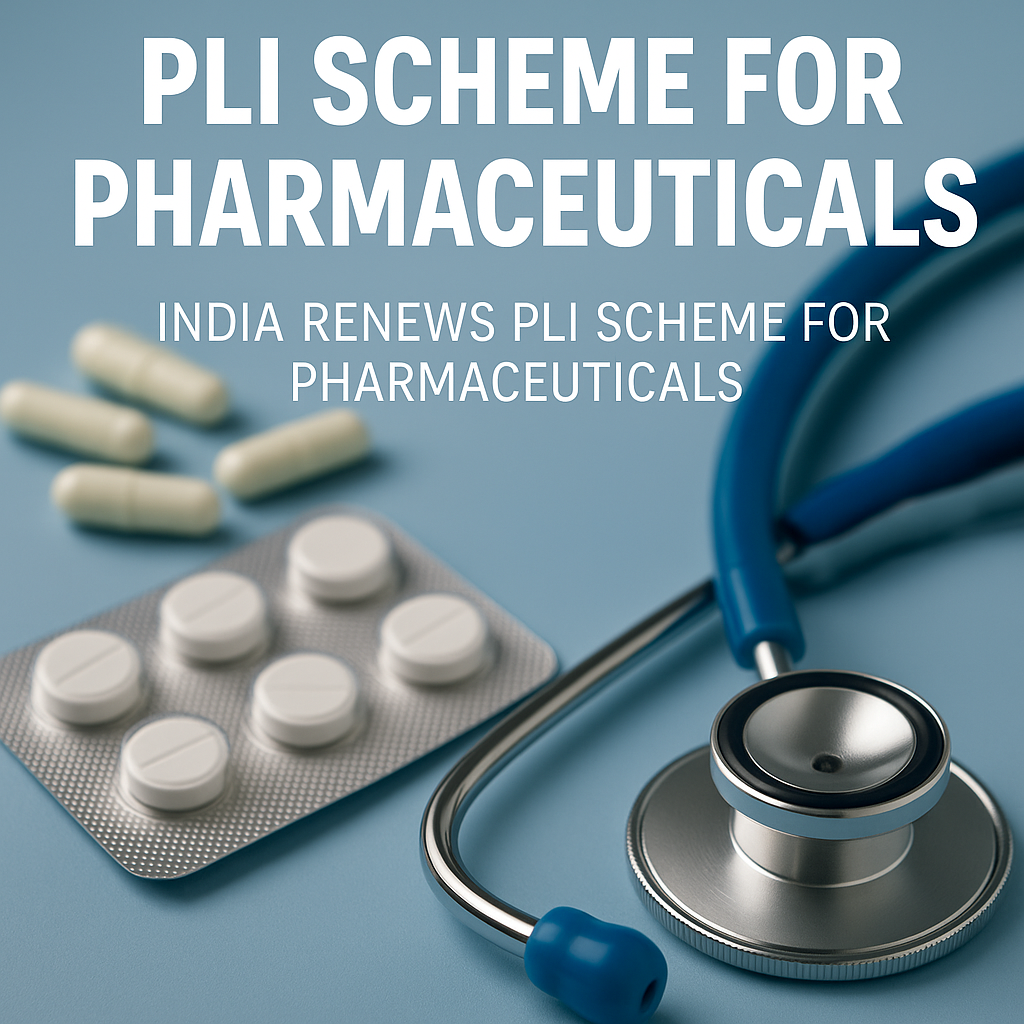
🧭May 29, 2025 Post 1: A Dose of Self-Reliance: India Renews PLI Scheme for Pharmaceuticals | High Quality Mains Essay | Prelims MCQs
A Dose of Self-Reliance: India Renews PLI Scheme for Pharmaceuticals

NATIONAL HERO
Post Date: May 29, 2025
Syllabus: GS Paper 2 & 3 – Governance, Economic Development, Health Sector
Category: Government Schemes / Pharmaceutical Sector / Make in India
🎯 Thematic Focus:
PLI Incentives, Domestic Manufacturing, Self-Reliance in Healthcare
🌿 Intro Whisper:
When the medicine of a nation is brewed in its own backyard, not only is health restored — but sovereignty too finds strength in each capsule.
🗝️ Key Highlights
- PLI Scheme Revived: The Government of India has renewed its Production Linked Incentive (PLI) scheme to enhance domestic pharmaceutical production.
- Objective: Strengthen India’s self-reliance in key drugs and reduce import dependency on critical materials like APIs, DIs, and KSMs.
- New Applications Invited: The Department of Pharmaceuticals has opened a fresh window for 11 essential products, including key antibiotics and painkillers.
- Deadline: Manufacturers can apply until June 14, 2025.
- Scope & Outlay: The scheme, launched in July 2020, has a financial outlay of ₹6,940 crore, covering 41 priority pharmaceutical products.
- Eligible Drugs Include:
- Antibiotics: Neomycin, Gentamycin, Erythromycin, Streptomycin, Tetracycline, Ciprofloxacin
- Painkillers: Diclofenac Sodium
- Application Terms:
- Incentives for chemical synthesis drugs until FY2028
- Incentives for fermentation-based products until FY2029
- Previous defaulters barred from reapplying
- Strategic Aim: Build resilient supply chains and boost export competitiveness.
- Investment Impact: As of Nov 2024, the PLI scheme led to ₹1.61 lakh crore in investments with over 764 approved applications across sectors.
📚 Concept Explainer
🧾 What is the PLI Scheme?
The Production Linked Incentive (PLI) scheme incentivises companies based on their incremental sales and production. First launched in 2020, the pharma component targets indigenous production of key starting materials (KSMs), active pharmaceutical ingredients (APIs), and drug intermediates (DIs) — crucial for reducing import dependency from countries like China.
🔍 Why Renew the Pharma PLI Now?
- Low subscription in past rounds left gaps in crucial antibiotic manufacturing.
- Geopolitical supply risks (post-COVID, China tensions) made pharma self-sufficiency urgent.
- Domestic capability boost in painkillers and antimicrobials supports public health missions.
🧪 Fermentation vs. Chemical Synthesis
- Fermentation-Based Products like Erythromycin require biological production pathways — longer lead times, more incentives.
- Chemical Synthesis Drugs are quicker to scale — hence shorter incentive window till FY2028.
🗺️ GS Mains Mapping
- GS Paper 2:
- Government Schemes – Implementation, Evaluation
- Health Sector Governance
- GS Paper 3:
- Growth & Development – Manufacturing Sector
- Science & Technology – Drug Development
- Investment Models – PLI Scheme
💭 A Thought Spark — by IAS Monk
“True strength in a republic is not just in the soldier’s arm, but in the chemist’s lab — for only the self-reliant can heal the world.”
High Quality Mains Essay For Practice :
Word Limit 1000-1200
India’s Pharmaceutical Surge: PLI Scheme and the Path to Self-Reliance
Introduction
India’s pharmaceutical industry has long been hailed as the “Pharmacy of the World,” supplying low-cost, high-quality medicines to over 200 countries. Yet, beneath this success lies a critical vulnerability — a high dependence on imports for essential raw materials, particularly Active Pharmaceutical Ingredients (APIs) and Key Starting Materials (KSMs). In recent years, the Government of India has sought to remedy this weakness through initiatives like the Production Linked Incentive (PLI) scheme, launched in 2020 and renewed in 2025. By incentivising domestic production, this scheme aims to turn India into a global manufacturing hub and reduce strategic dependencies that threaten public health and national security.
India’s Pharma Sector: Strengths and Dependencies
India ranks third globally by volume and fourteenth by value in pharmaceutical production. It supplies over 50% of global vaccine demand, 40% of generic drugs in the U.S., and 25% of all medicines in the U.K.. With over 3,000 drug companies and 10,500 manufacturing units, India’s pharmaceutical infrastructure is deep and diverse.
However, this growth masks a core weakness: around 65–70% of APIs and intermediates used in Indian drug production are imported — mainly from China. For certain essential drugs like paracetamol, penicillin, and azithromycin, the dependency is even more acute.
This dependence presents several risks:
- Supply Chain Disruptions: Global crises like COVID-19 or trade tensions can halt access to critical inputs.
- Price Volatility: India remains vulnerable to pricing manipulations in global markets.
- Strategic Vulnerability: National health security is compromised when life-saving drugs rely on foreign sources.
The PLI Scheme: A Strategic Manufacturing Push
Launched in July 2020, the PLI scheme for pharmaceuticals seeks to bridge this strategic gap. With a financial outlay of ₹6,940 crore, it aims to promote the domestic manufacturing of 41 critical products, including APIs, KSMs, and Drug Intermediates (DIs). The scheme forms part of a wider ₹1.97 lakh crore PLI umbrella spanning 14 key sectors such as electronics, textiles, and medical devices.
The 2025 renewal of the scheme includes:
- A targeted call for applications for 11 key products that remained unsubscribed or partially subscribed.
- Products include Neomycin, Gentamycin, Streptomycin, Erythromycin, Tetracycline, Ciprofloxacin, and Diclofenac Sodium.
- Application deadline: June 14, 2025.
- Conditions include capacity-based incentives, product-wise ceilings, and exclusion of past defaulters.
The scheme divides eligible drugs into two technological groups:
- Chemical Synthesis Products – Incentives up to FY2028.
- Fermentation-Based Products – Incentives up to FY2029, reflecting longer production lead times.
Significance of the 2025 Renewal
This latest round reflects the government’s strategic resolve to:
- Plug manufacturing gaps left unaddressed in previous rounds.
- Strengthen essential drug supply chains, particularly antibiotics and painkillers.
- Attract fresh investment from companies that previously missed the PLI window.
- Encourage technology adoption in complex fermentation processes.
By targeting a specific set of APIs and painkillers, the scheme balances short-term production boosts with long-term structural reforms.
PLI Achievements So Far
The overall PLI programme across sectors has already shown results:
- As of November 2024, 764 applications were approved.
- Total investment commitments: ₹1.61 lakh crore.
- Disbursed incentives: ₹14,020 crore, including pharma and medical devices.
- Pharmaceutical production capacity has expanded for over 30 essential APIs, reducing import dependency in specific categories.
Major Indian firms — such as Sun Pharma, Aurobindo Pharma, and Lupin — have ramped up domestic production facilities under the PLI framework, particularly in Gujarat, Andhra Pradesh, and Himachal Pradesh.
Challenges in Implementation
Despite progress, certain issues persist:
- Technological Barriers: Fermentation-based APIs require advanced infrastructure and skilled manpower. India lags behind China in this domain.
- Regulatory Hurdles: Lengthy clearances, environmental norms, and compliance burdens affect timely rollout.
- Lack of R&D Investment: Indian firms have traditionally focused on generics, not drug discovery or technology innovation.
- SME Participation: Smaller firms face entry barriers due to capital intensity and bureaucratic complexity.
Addressing these challenges will be key to the success of the renewed PLI wave.
Why Self-Reliance in Pharma is Non-Negotiable
1. Public Health Security
A country’s ability to ensure uninterrupted access to essential medicines is critical during emergencies — whether pandemics, wars, or natural disasters.
2. Geopolitical Stability
Reducing import dependency from specific countries insulates India from diplomatic and supply chain shocks.
3. Export Competitiveness
Becoming self-reliant on inputs enhances India’s position in the global pharma trade, improving margins and timelines.
4. Job Creation and Industrial Growth
The PLI scheme is projected to generate thousands of direct and indirect jobs, especially in pharma clusters.
Way Forward: Strategic Recommendations
To consolidate India’s pharmaceutical ascent, a multi-pronged strategy is essential:
i. Strengthen Bulk Drug Parks
The establishment of three bulk drug parks, with plug-and-play infrastructure, must be fast-tracked to lower costs and support SMEs.
ii. Enhance R&D Ecosystem
A dedicated Pharma Innovation Fund with private and public participation can drive technology acquisition in API fermentation and drug discovery.
iii. Fast-Track Clearances
Single-window clearance mechanisms for environmental, safety, and quality approvals can reduce project delays.
iv. Public Procurement and Support
Government procurement policies must favour PLI-compliant domestic producers for essential drug supply contracts.
v. Export Market Diversification
Indian pharma must target emerging markets like Latin America, Africa, and Southeast Asia with quality generics backed by robust supply chains.
Global Lessons: China and the API Revolution
China dominates global API markets not by chance but by design:
- Massive State Support through subsidies and export rebates.
- Low compliance costs due to relaxed environmental norms (earlier).
- Integrated Clusters with economies of scale.
India can learn from this by blending state facilitation with strict quality control, ensuring long-term sustainability without compromising global trust.
Conclusion
The renewal of the PLI scheme for pharmaceuticals marks a pivotal moment in India’s journey towards strategic autonomy in healthcare manufacturing. As the nation prepares for future pandemics, global competition, and rising healthcare demand, ensuring a self-reliant drug supply ecosystem becomes more than an economic imperative — it is a sovereign necessity.
India has the scientific talent, industrial base, and global goodwill to lead the world in affordable medicine. What it needs is sustained investment, regulatory clarity, and a vision that links the test tube to the nation’s tricolour. The PLI scheme is a powerful vehicle — now it must be driven with speed, direction, and unwavering intent.
Closing Quote
“When a nation manufactures its own cure, it heals not only the body — but the soul of its independence.” — IAS Monk
Target IAS-26: Daily MCQs :
📌 Prelims Practice MCQs
Topic: India Renews PLI Scheme for Pharmaceuticals
MCQ 1 – Type 1: How many of the above statements are correct?
Consider the following statements regarding India’s renewed PLI scheme for pharmaceuticals:
1. The scheme aims to reduce India’s dependence on imported APIs and drug intermediates.
2. Incentives for fermentation-based products will be provided only till FY2026.
3. Companies with cancelled or withdrawn approvals in earlier rounds can reapply.
4. The scheme covers antibiotics, painkillers, and key starting materials (KSMs).
How many of the above statements are correct?
A) Only one
B) Only two
C) Only three
D) All four
🌀 Didn’t get it? Click here (▸) for the Correct Answer & Explanation
✅ Correct Answer: B) Only two
🧠 Explanation:
1) ✅ True – Reducing import dependency is a primary objective of the scheme.
2) ❌ False – Incentives for fermentation-based products are extended until FY2029.
3) ❌ False – Companies with cancelled/withdrawn approvals are not eligible to reapply.
4) ✅ True – The scheme targets antibiotics (e.g., Streptomycin), painkillers (e.g., Diclofenac), and KSMs.
MCQ 2 – Type 2: Two Statements Based
Consider the following statements:
1. The financial outlay of the PLI scheme for pharmaceuticals is over ₹10,000 crore.
2. Products like Ciprofloxacin and Diclofenac Sodium are included in the recent round of applications.
Which of the above statements is/are correct?
A) Only 1 is correct
B) Only 2 is correct
C) Both are correct
D) Neither is correct
🌀 Didn’t get it? Click here (▸) for the Correct Answer & Explanation
✅ Correct Answer: B) Only 2 is correct
🧠 Explanation:
1) ❌ False – The total outlay is ₹6,940 crore.
2) ✅ True – Both Ciprofloxacin and Diclofenac Sodium are eligible drugs.
MCQ 3 – Type 3: Which of the statements is/are correct?
Which of the following are potential benefits of the renewed PLI scheme for pharmaceuticals?
1. Reducing strategic vulnerabilities in drug supply chains.
2. Enhancing India’s pharmaceutical export competitiveness.
3. Promoting import of APIs to meet domestic demand.
4. Boosting domestic job creation and infrastructure development.
Select the correct code:
A) 1, 2 and 3 only
B) 2 and 4 only
C) 1, 2 and 4 only
D) 1, 3 and 4 only
🌀 Didn’t get it? Click here (▸) for the Correct Answer & Explanation
✅ Correct Answer: C) 1, 2 and 4 only
🧠 Explanation:
1) ✅ True – Reducing reliance on imports is a key goal.
2) ✅ True – Stronger local manufacturing supports exports.
3) ❌ False – The scheme discourages API imports.
4) ✅ True – Investments create jobs and boost manufacturing capacity.
MCQ 4 – Type 4: Direct Fact
Which of the following statements correctly identifies the year when the PLI scheme for pharmaceuticals was first launched?
A) 2018
B) 2019
C) 2020
D) 2021
🌀 Didn’t get it? Click here (▸) for the Correct Answer & Explanation.
✅ Correct Answer: C) 2020
🧠 Explanation:
• The PLI scheme for pharmaceuticals was launched in July 2020 to boost domestic production of APIs, DIs, and KSMs.

